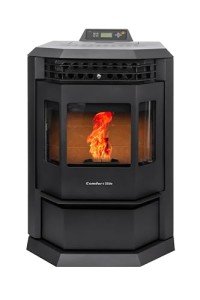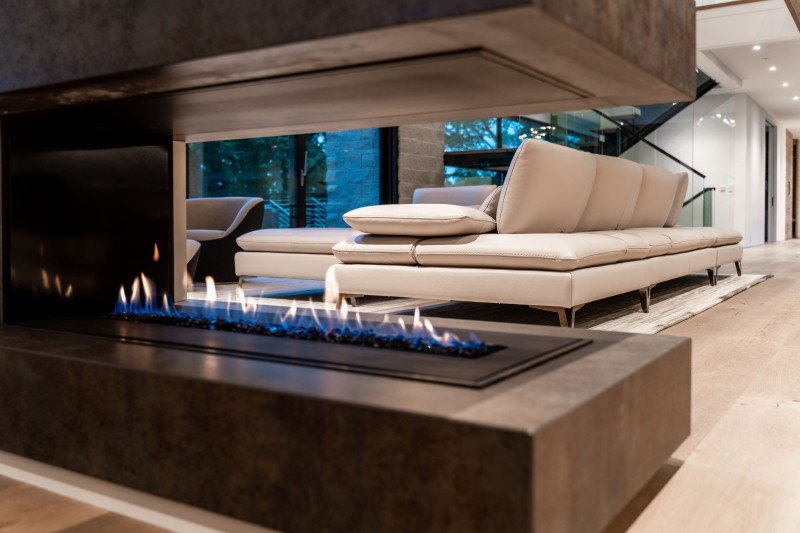Fireplaces have long been a symbol of warmth, comfort, and a gathering spot in many homes across the United States. While their practical use for heating spaces has evolved with modern technology, the aesthetic and emotional significance of fireplaces remains undiminished. This article examines the various types of fireplaces found in American homes, the benefits of owning one, and considerations for installation and maintenance.
Historically, fireplaces served as the primary heat source for homes. Early versions were large, open hearths built into stone walls, allowing families to cook meals and congregate. With the advent of central heating, the role of fireplaces began to shift, but they have undergone a resurgence in popularity in recent years, largely for aesthetic purposes and to enhance the ambiance of living spaces.
Today, homeowners can choose from several options, each with its own set of benefits and features. The three main types are:
| Type | Description | Pros | Cons |
|---|---|---|---|
| Wood-Burning | Traditional fireplaces that use logs or pellets. | Authentic experience, heat efficiency, aesthetic appeal. | Requires maintenance, smoke emissions, fire regulations. |
| Gas Fireplaces | Use natural gas or propane to create flames. | Easy to use, efficient, cleaner than wood-burning. | Limited ambiance compared to wood-burning. |
| Electric Fireplaces | Use electricity to generate simulated flames. | No installation, safe, and virtually maintenance-free. | Less heat output, may not provide real flame ambiance. |
When selecting a fireplace for a home, several factors should be taken into account:
The addition of a fireplace is not merely for aesthetic appeal; there are numerous benefits tied to it:
Owning a fireplace entails responsibilities, particularly regarding maintenance and safety. Here are some essential tips:
Yes, electric fireplaces are generally very safe to use, as they do not produce real flames. However, users must ensure that the unit is installed correctly and that electrical safety guidelines are followed.

Most experts recommend having your chimney professionally cleaned and inspected at least once a year to prevent dangerous creosote buildup and ensure proper ventilation.

Most gas fireplaces have a standing pilot light and can be lit manually; however, this depends on the specific model. Homeowners should refer to the manufacturer’s guidelines.
A wood-burning fireplace can be worth it for those who enjoy the ambiance of a real fire, the aesthetic appeal, and the warmth it can provide, especially in rural areas where wood is readily available.
As a crucial element of home comfort, fireplaces are as relevant today as they were centuries ago. While modern heating systems have diminished their role in providing warmth, their capacity to enhance atmosphere and provide a cozy gathering space continues to attract homeowners across the United States. Whether opting for a traditional wood-burning structure, a convenient gas fireplace, or a low-maintenance electric option, it’s evident that fireplaces hold a special place in American homes. With proper maintenance and safety precautions, they can be both an efficient heating source and a stunning focal point for years to come.
No Data Found!

